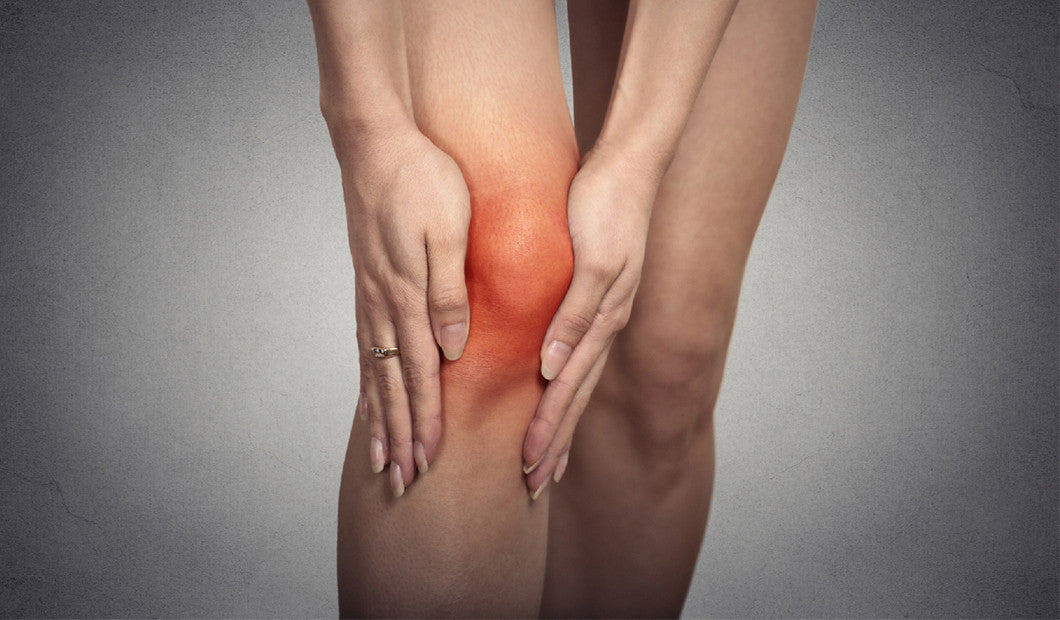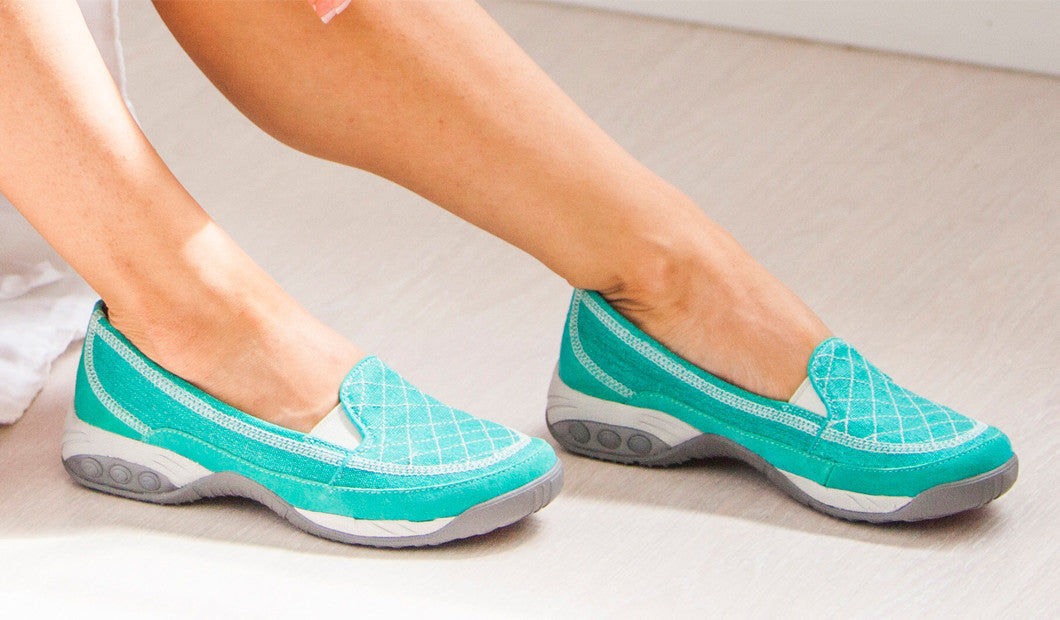Tips and Tricks to Ease Your Arthritis Pain

Chances are you’ve experienced the effects of arthritis. The National Center for Health Statistics (NCHS) reports one-fifth of people over 18 in the United States are affected.
And it’s easy to see why. Though arthritis simply means “joint inflammation,” the NCHS says the word is often used to describe “over 100 rheumatic diseases and conditions affecting joints,” such as rheumatoid arthritis, osteoarthritis, and gout. But no matter what type of arthritis you have, it hurts.
Unfortunately, it’s not going away. Once you start to feel the effects of arthritis, you’ll deal with it for the rest of your life. It is manageable, though. And there are ways to deal with the flare-ups that don’t require popping more pills.
How to Manage Your Arthritis Pain
Get Up and Move
Gentle stretches and low-impact exercise are the best ways to manage your arthritis. Exercise keeps your joints working their best by increasing blood flow. It also strengthens your muscles, taking pressure off of your joints.
Not all exercise is created equal, though. High-impact activities like running can make your arthritis worse. Consider walking or swimming instead. Just be sure to do enough to raise your heart rate.
Exercise also keeps you at a healthy weight. The more weight you carry, the more stress you place on your joints. Even as little as a 15-pound difference can greatly affect how much pain you feel.
Getting enough exercise (which is walking at least 150 minutes a week, by the way) isn’t enough. Keep your joints from stiffening up during your day by alternating between sitting and standing. If you work at a desk, try getting up for a short walk or stretch break every thirty minutes.
Watch What You Eat
Certain foods, such as fried or sugary ones, cause inflammatory responses in your body. Avoid these foods or limit how much you eat to help prevent your arthritis from flaring up.
Replace inflammatory foods with ones known to reduce inflammation, such as fish or berries. If you’re not fond of fish, supplement your diet with fish oil.
Try a Therapy
A number of therapies have been found effective in managing joint pain. A physical or occupational therapist should be able to show you stretches and exercises for easing your arthritis. You might want to try alternative therapies such as acupuncture, too.
Another possibility is transcutaneous electrical nerve stimulation, also known as TENS, where electrodes on your skin conduct an electrical current to spots where you’re experiencing pain. Studies have found it to be “as effective as exercise and better than placebo for controlling arthritic pain.”
A simple at-home therapy is applying heat. Heating pads work, but so does soaking in hot water. Just another excuse to spend more time in a hot tub (or take long, hot baths).
Get Some Support
Let’s start off by agreeing high heels are not good for you. A three-inch heel stresses your foot seven times more than a one-inch, according to the Arthritis Foundation.
Better-for-you shoes don’t just keep your feet from hurting. Your shoes affect your knees, hips, lower back, and even shoulders and neck. Najia Shakoor, MD, recommends people with arthritis, especially those at risk for falls, wear shoes that are flat-soled, close-toed, and flexible with good arch support.
But things as simple as supporting your wrists while typing are important to joint health. Invest in some good braces for times when you’ll be doing things that irritate your joints, such as wearing a back brace when lifting heavy items.
Take Your Medication
If your doctor has prescribed a pain reliever for your arthritis pain, take it as prescribed. Yes, that sounds simple, but many people forget or make excuses as to why they shouldn’t take their medication. Should you find yourself using it more than you think you should or experiencing side effects, discuss it with your doctor.
For those not currently taking any medications, there are many available, including over-the-counter ones such as acetaminophen and aspirin and prescriptions like Tramadol. Discuss with your doctor to find the right one for you.
Another possibility is steroid or hyaluronic acid injections. Steroid injections reduce inflammation, while hyaluronic acid replaces some of the fluid naturally found in your joints. Your doctor can help you decide which type of injection will be most effective, as steroids work best for inflammatory arthritis and hyaluronic acid is only useful for arthritis caused by damaged cartilage.
What to Do When Arthritis Flares Up
Use Cold Therapy
While hot therapy is great for day-to-day management of joint pain, turn to cold therapy when you’re really feeling it. Cold therapy numbs the area and reduces swelling.
You can get cold packs specifically for this use, but the old-fashioned bag of frozen peas (or whatever vegetable is on hand) works just as well. Whatever you use, be sure to wrap the pack in a towel so you don’t harm your skin.
Apply a Topical
There are now topical non-steroidal anti-inflammatory drugs (NSAIDs) that are applied over the joint rather than taken orally. Some people find these drugs especially helpful, and just the act of rubbing the cream into your skin can help ease swelling.
Move the Joints
To ease joint stiffness, rotate your painful joints in small movements for short periods of time (15-30 seconds). These movements are called joint mobility exercises and there are many you can learn, such as these basic ones.
As you do these exercises, back off once you feel pain and do them as slowly as you need to. Don’t expect full range of motion in the beginning. Range of motion is something that develops over time the more you do the exercises.
Get Comfort
Support and movement are key for arthritis pain relief, but keep the right medication on hand for those times when it’s just not enough. If you don’t take steps to deal with the joint pain now, it’ll only continue to get worse.



